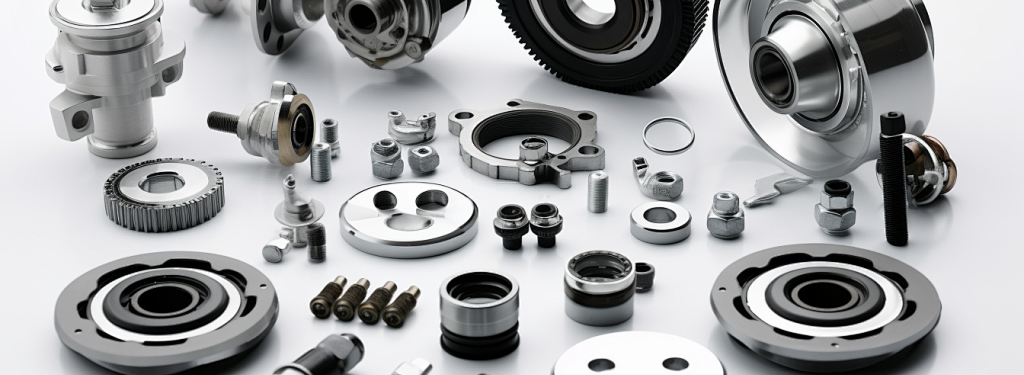The types of metalworking processes
Metal processing techniques are a crucial part of the manufacturing industry, involving the processing and handling of various metal materials to meet diverse industrial needs. Here are some common metal processing techniques:
▶ 1. Cutting Techniques
Laser Cutting
Laser cutting is a high-precision, high-efficiency cutting method suitable for various metal materials. The laser beam, when focused, generates high temperatures that quickly melt and evaporate the metal, creating precise cut lines.
Plasma Cutting
Plasma cutting uses a high-temperature plasma arc to cut metals and is suitable for thicker metal plates. It offers fast cutting speeds and good cut quality.
Waterjet Cutting
Waterjet cutting employs high-pressure water mixed with abrasives to cut materials, ideal for heat-sensitive materials as it does not produce a heat-affected zone.
▶ 2. Forming Techniques
Stamping
Stamping involves applying pressure to metal sheets through a die to deform or fracture them within the die. It is commonly used for mass production of small parts, such as automotive components and appliance housings.
Drawing
The drawing process is used to pull flat metal into hollow shapes, such as cans and pipes. Multiple drawing operations can produce products of different shapes and sizes.
Bending
Bending involves shaping metal sheets or bars into specific angles or forms, widely used in manufacturing frames, brackets, and other structural components.
▶ 3. Casting Techniques
Gravity Casting
Gravity casting utilizes gravity to pour molten metal into molds to form products, suitable for mass production of complex-shaped parts.
Die Casting
Die casting involves injecting molten metal into molds under high pressure, ideal for producing small parts with high precision and strength.
▶ 4. Welding Techniques
Arc Welding
Arc welding uses the high temperatures generated by an electric arc to melt and join workpieces and electrodes. It is one of the most common welding methods with wide applications.
TIG Welding
TIG (Tungsten Inert Gas) welding uses inert gas (argon) as a shielding gas to prevent oxidation and improve weld quality, commonly used for stainless steel and aluminum welding.
▶ 5. Surface Treatment Techniques
Electroplating
Electroplating deposits a thin layer of another metal on the surface to enhance corrosion resistance, wear resistance, and aesthetics. Common plating materials include nickel, chromium, and zinc.
Spraying
Spraying involves using a spray gun to evenly coat the metal surface with paint, used for corrosion prevention, rust protection, and decoration.
Anodizing
Anodizing is primarily used for aluminum alloys; it forms an oxide layer on the surface through an electrolytic process to improve wear resistance and corrosion resistance while allowing for various color treatments.Metal processing techniques are diverse, each with its unique advantages and applications. In practical production, selecting the appropriate processing technique based on specific requirements is essential to achieve optimal results.

